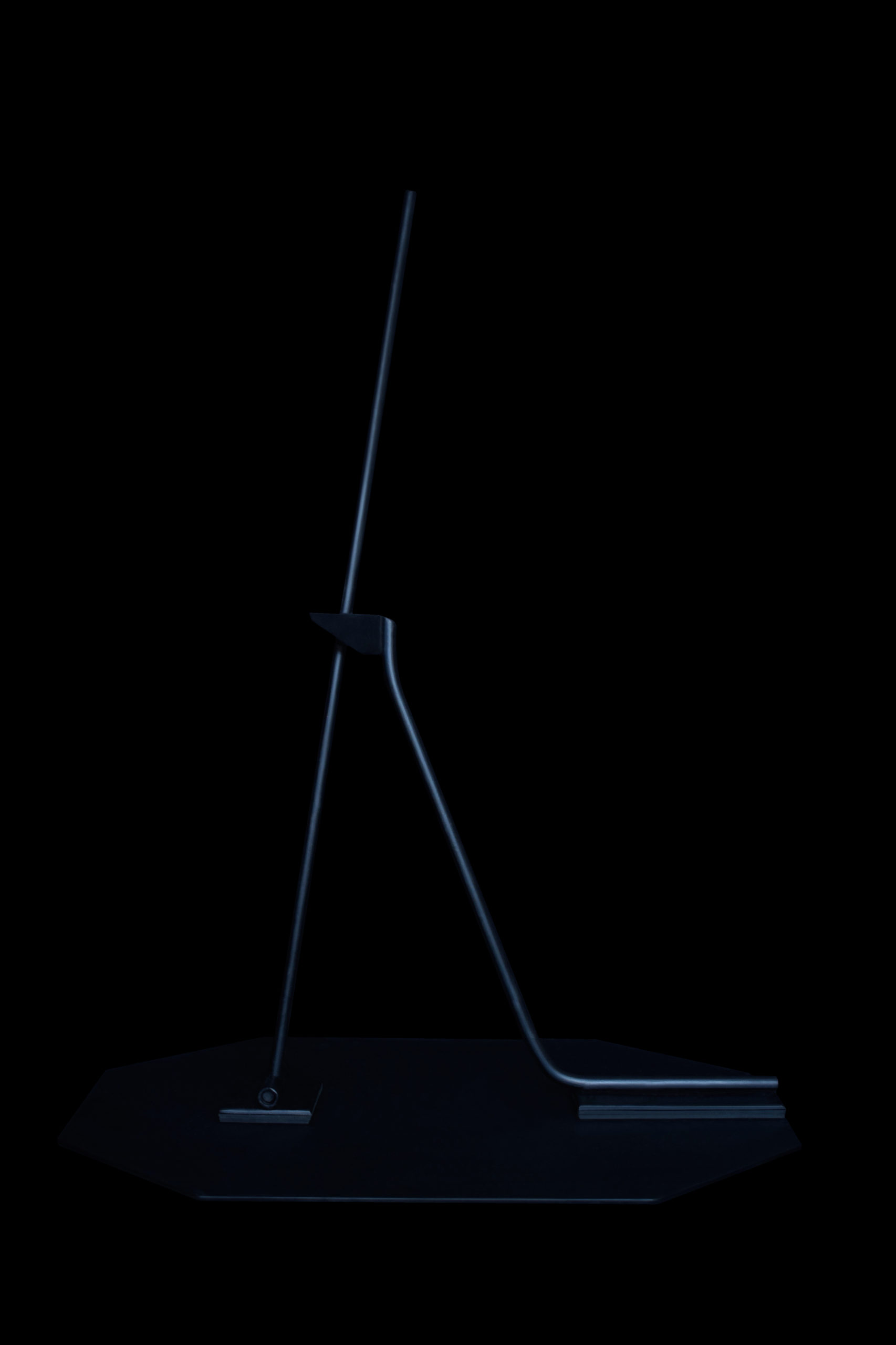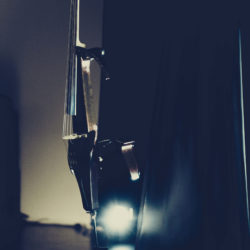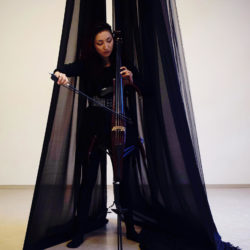Dalai
Description
It is a cello stand for live performance on stage. This cello stand is one of the elements of the multimedia production, which I designed as stage and costume designer for the music theatre performance "Ta Panta Rhei" by Dalai Cellai.What is the Topic?
The main theme of my work is the appearance and meaning of things, as well as their content and experience through staging. These aspects have been investigated in a process-oriented manner in a music-theatrical context through my collaboration with the cellist and composer Dalai Cellai. In this research, I came to the conclusion that the stage is to be understood as a parallel universe, in which each object, through its own appearance and form, not only contributes to the credibility of the staging but also defines itself as part of an overarching design maxim.
Why does it look like this?
The shape of the cello stand combines two purposes: Staging and function. Its shape is simple and minimal in order to fit harmoniously into the scenic environment. It does not want to distract the audience from what is being performed on the stage. Its special construction makes it both a cello stand and a cello pin at the same time. The metal plate provides stability and counteracts the leverage created by the instrument's own weight. The spherical joint fixed to the plate allows the musician to move freely while playing. The round rod replaces the conventional cello pin. The instrument is fixed to the stand with a standard wing nut and the height can be adjusted individually. The rubber pads between the surface and the additional hardware minimize possible buzzing through the stand. The stand fork is slightly offset to the front and allows the cello to be placed in the resting position without any kind of effort. The cello stand can be disassembled in a few easy steps and packed to a compact size. This feature makes it especially practical for musicians on tour.
What is special?
The greatest special feature is its double functionality. Playing and resting positions can alternate thanks to simple arm extension. The instrument now has the ability to stand on its own and thus enables the cellist to really take a break in the resting position. (In the orchestra, cellists usually hold their instrument firmly even during long breaks, or often cellos are placed on the floor and cause the risk of tripping on them or damaging the instrument).
What is new?
In opposite to the conventional products of this kind, which mostly have a very functional or opulent appearance, my cello stand is innovative in its restrained yet elegant design. It is a sober functional object that can be integrated into any stage production. Thanks to its neutral aesthetics, it can be used regardless of the musical style of its performance.




